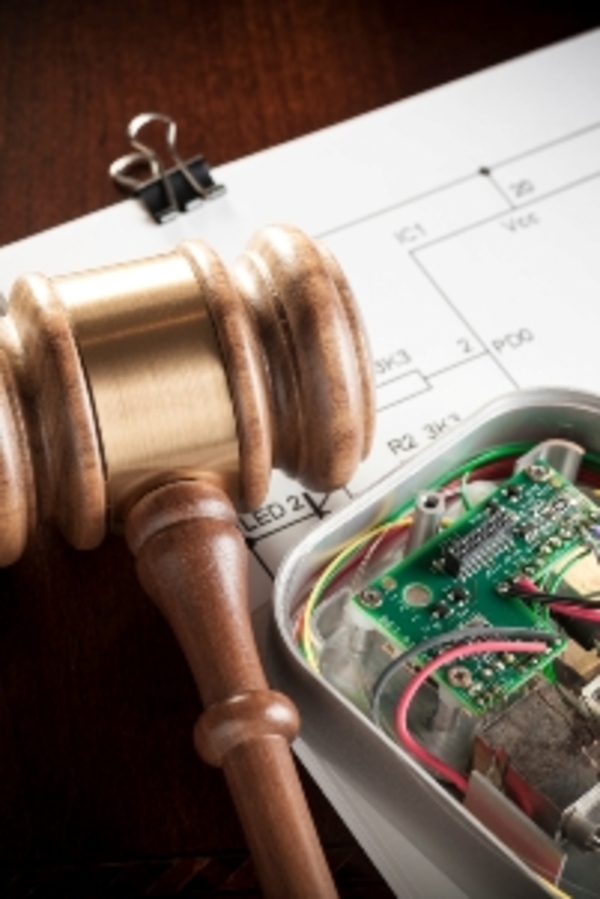
So how does Moore’s Law play a role in the evolution of data centers?
Although essentially concerned with the chemistry and physics of etching transistors and other electronic devices into silicon to make integrated circuits, the effect of Moore’s Law consequently and exponentially reduced the manufacturing cost of microchips. The microprocessor-based digital revolution, which is all around us, would not have been possible without the intrinsic economic advantages associated with faster, more efficient processors first seeded by the race to comply with Moore’s Law.
The rapid growth of cloud computing is further evidence of the commercial benefit associated with Moore’s Law. Each and every data center (cloud or otherwise) utilizes technology that has leveraged Moore’s Law. Data centers are facilities where data is aggregated, processed and stored; the cost of computing and data storage has been tumbling and it is no coincidence that many technologies used therein are inherently rich in microprocessors.
Will Moore’s Law hold for another 50 years? Probably not! Even Gordon Moore projects that his law will start to ‘slow’ within 10 years; however, the gating factor will probably be economics and not physics. The relatively high cost associated with very small scale chip manufacturing (less than 20nm gate separation) would likely result in the processing cost for a unit of information hitting a saddle-point or even increasing and Moore’s Law, as we know it, will be broken.
When this happens we could see a shift away from a focus on increasing processing capacity within small discrete platforms such as personal computers, laptops and smart phones, and a shift towards increasing the processing and energy efficiency of entire data centers. That being the case, is there a Moore’s Law equivalent for data centers?
Should we expect data centers to double their processing capability and halve their power usage every two years for the next 50 years? If you would like to submit an answer to these questions or if you have a question about Moore’s Law and data centers, leave a comment below and I will be sure to respond.







